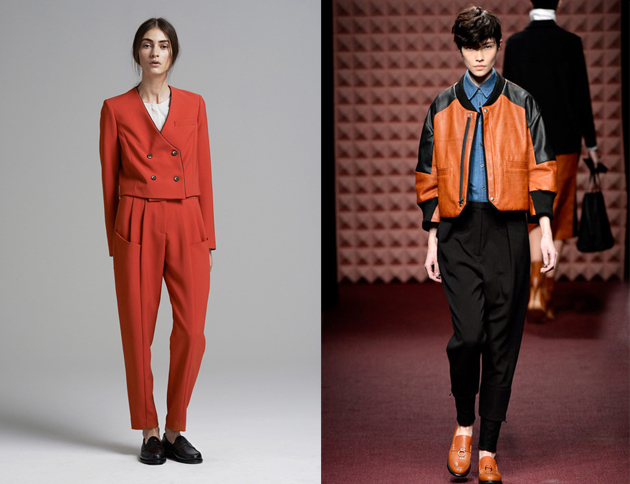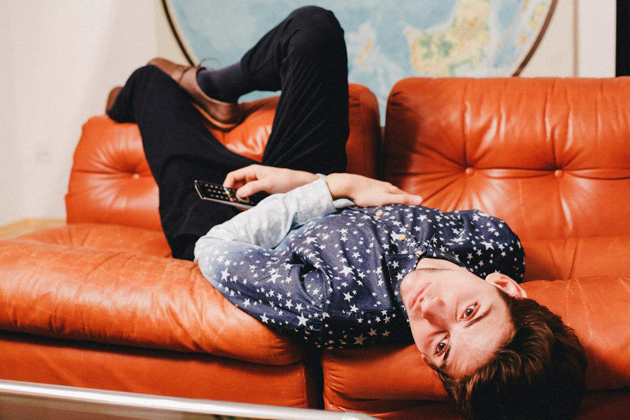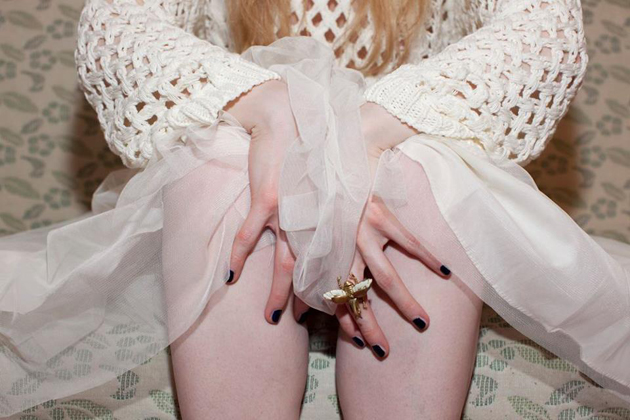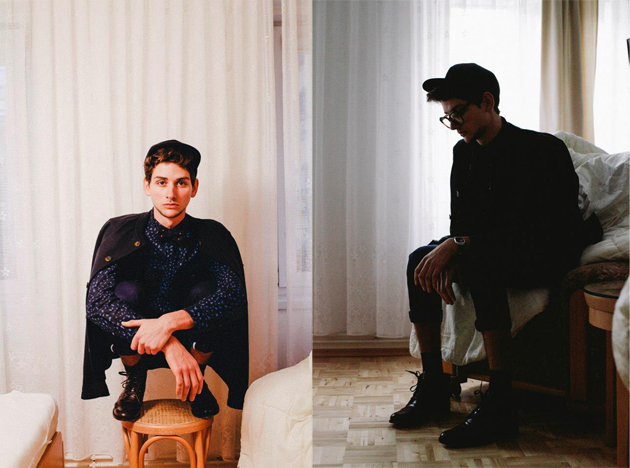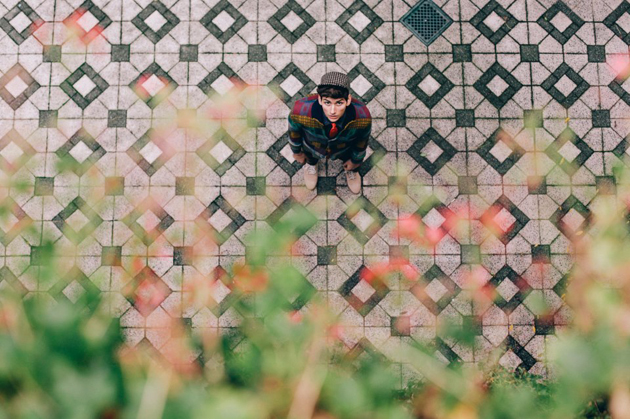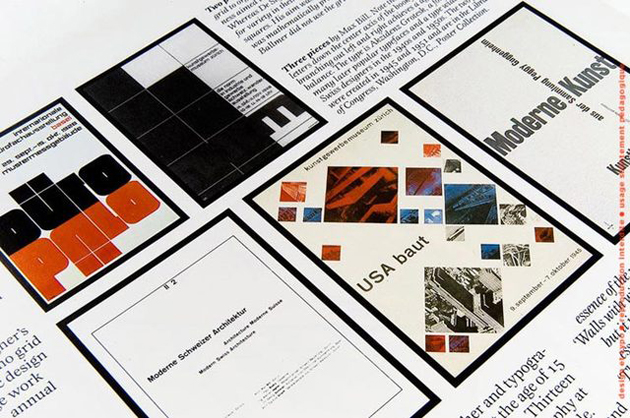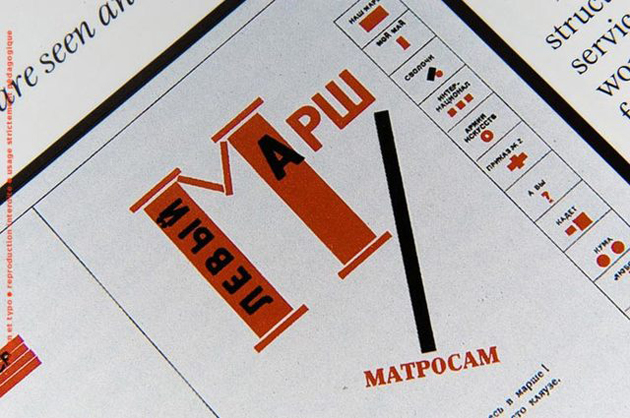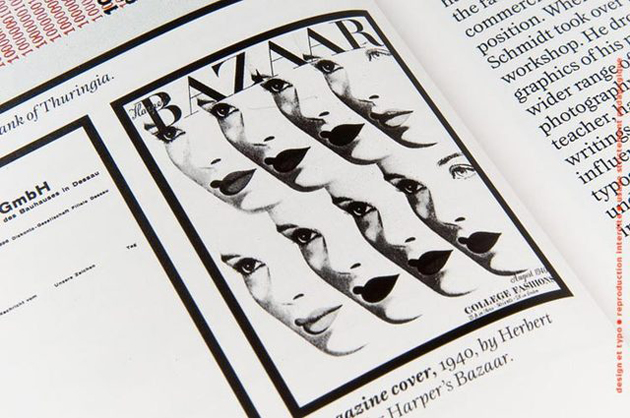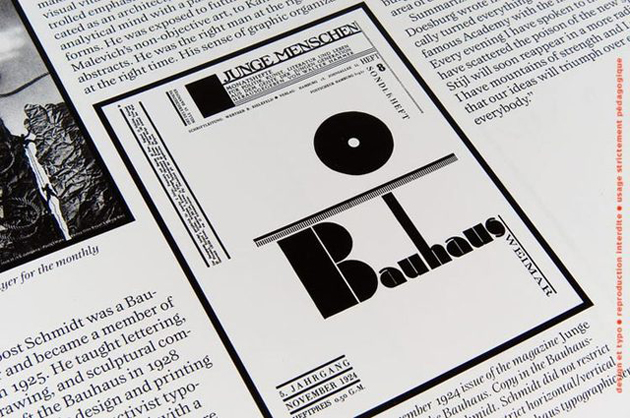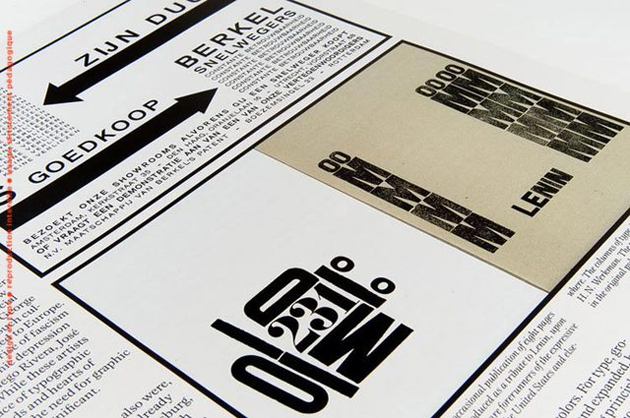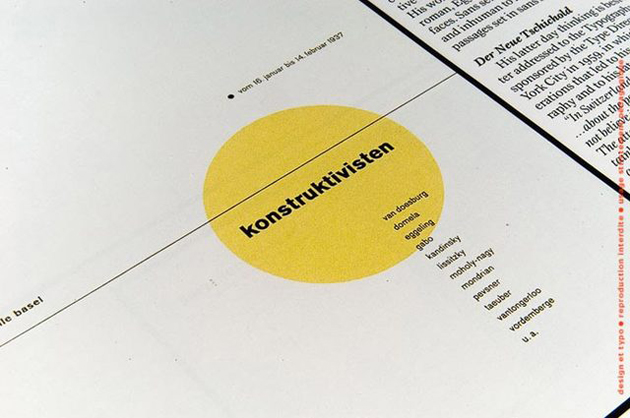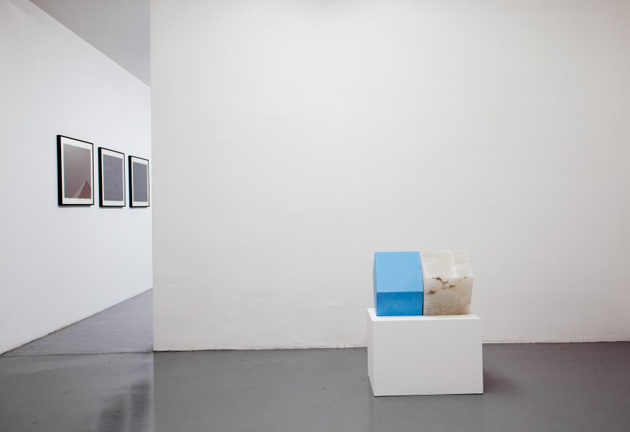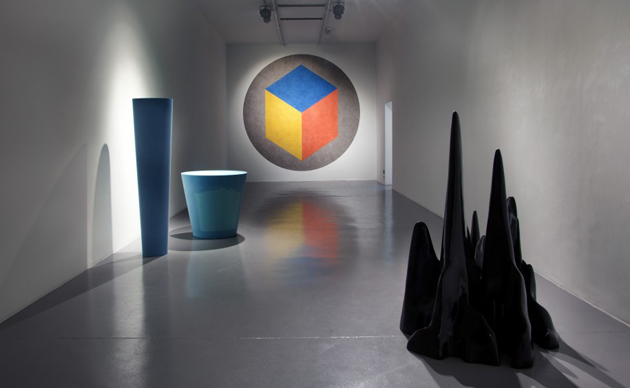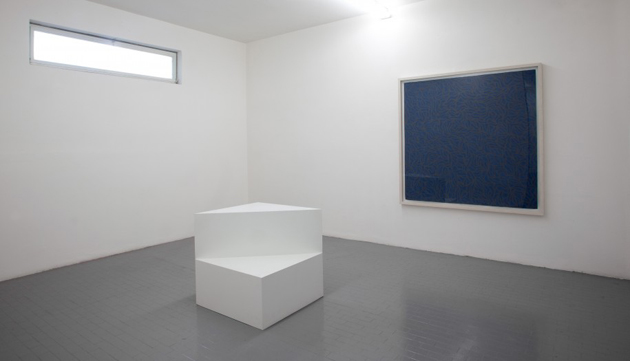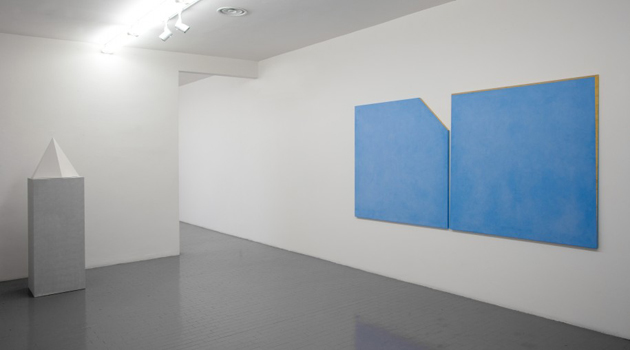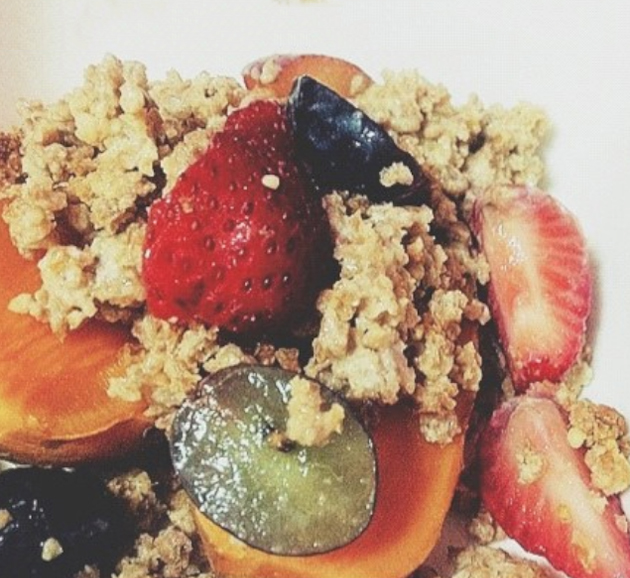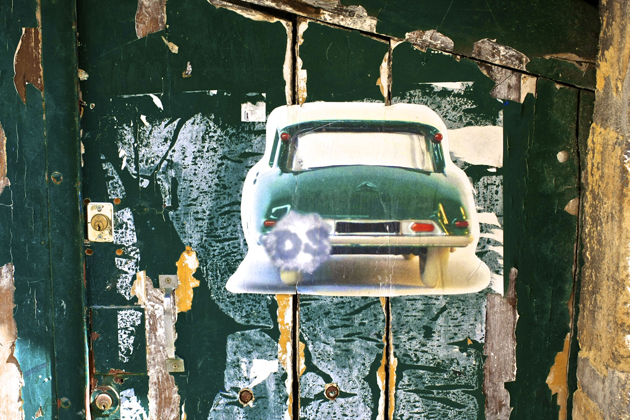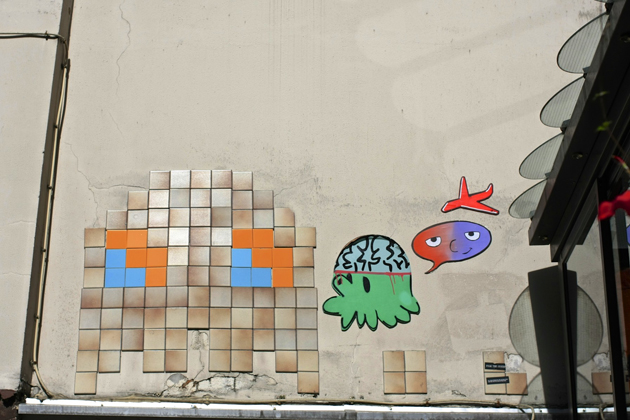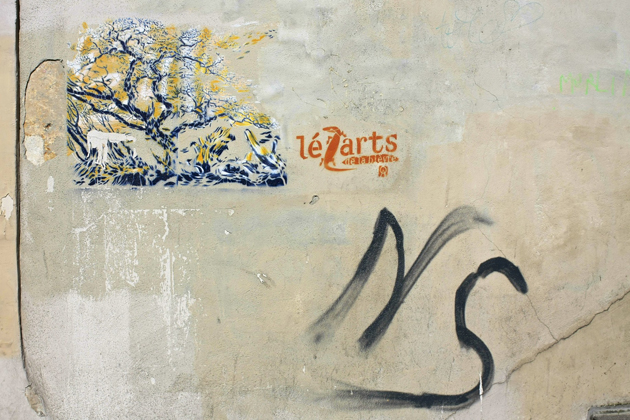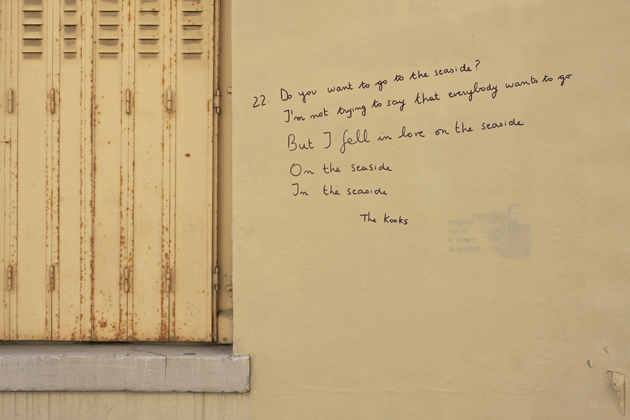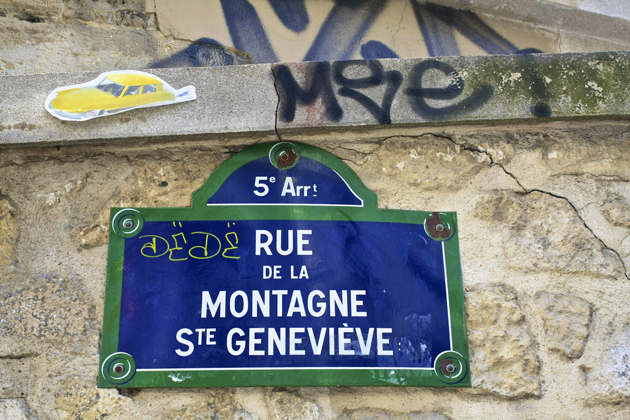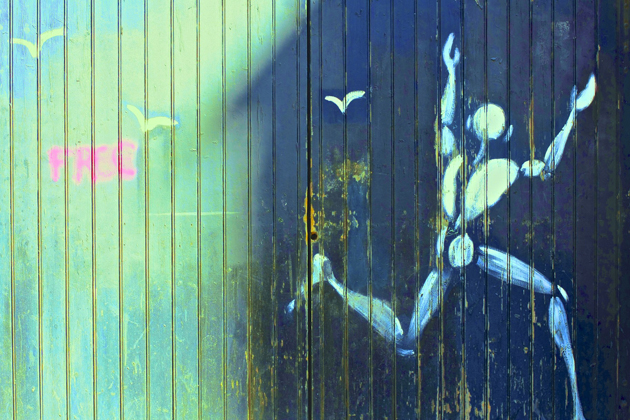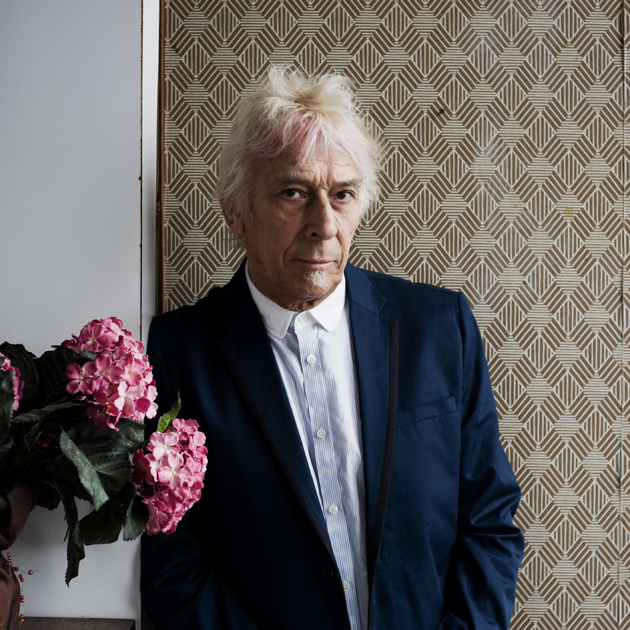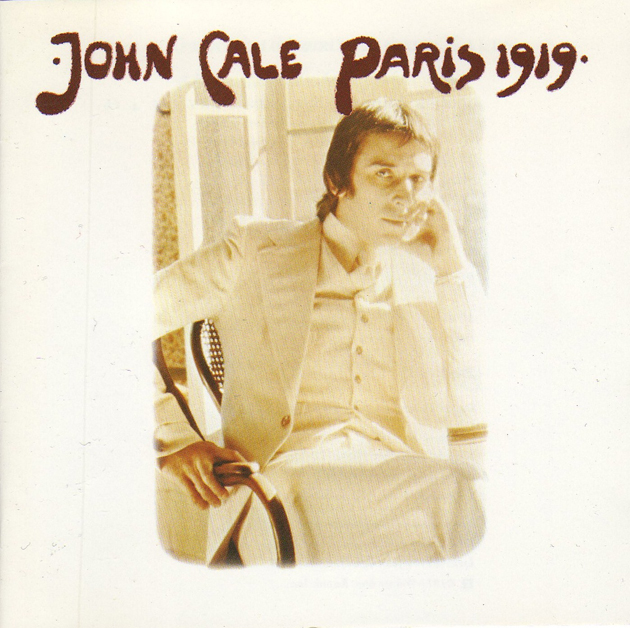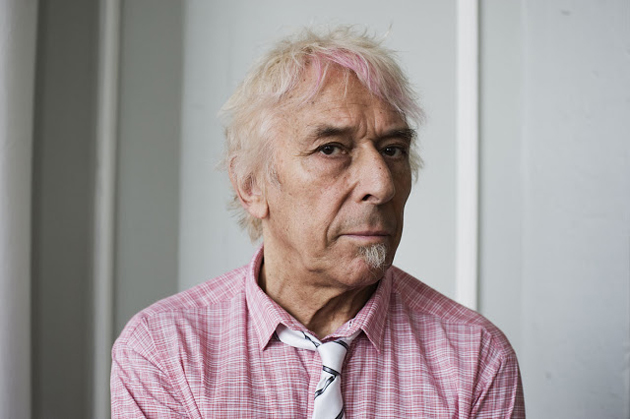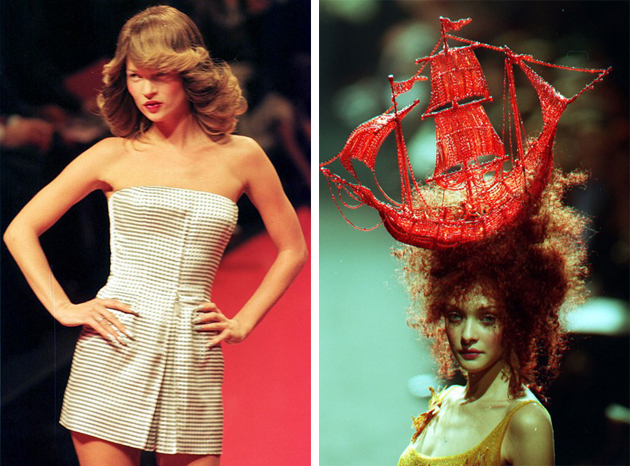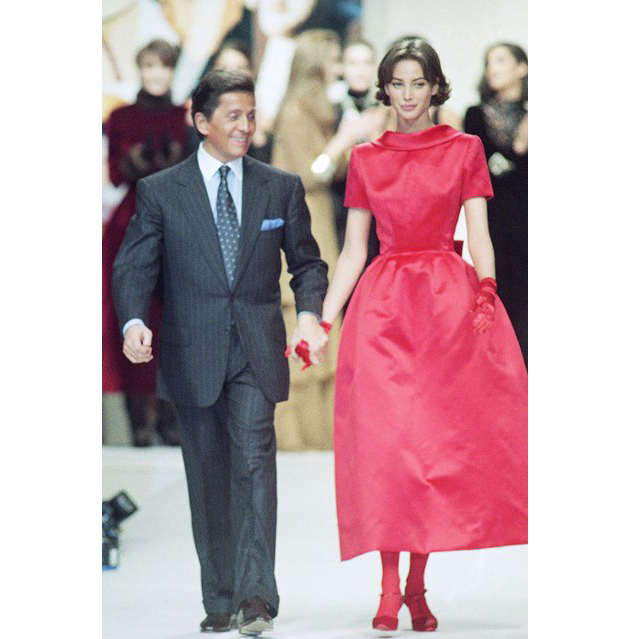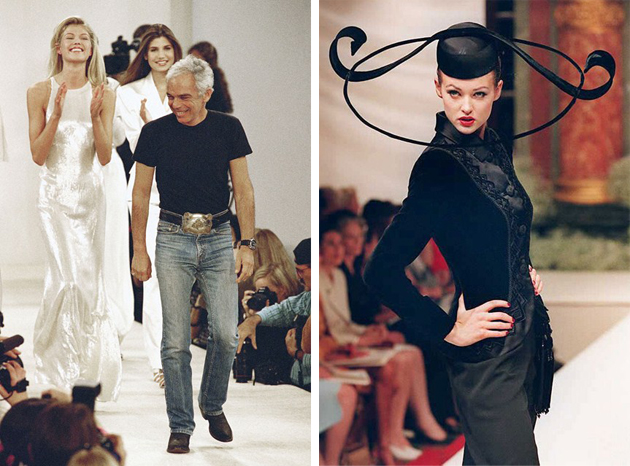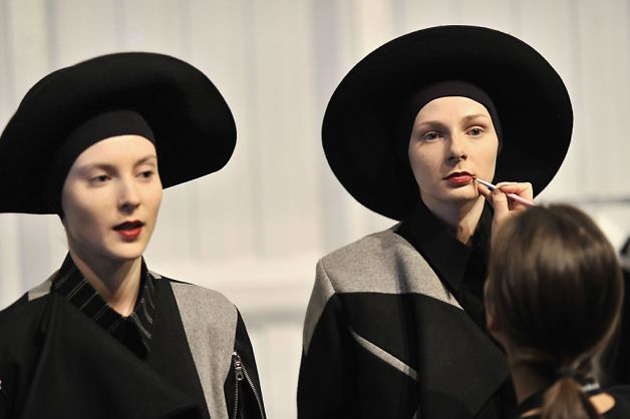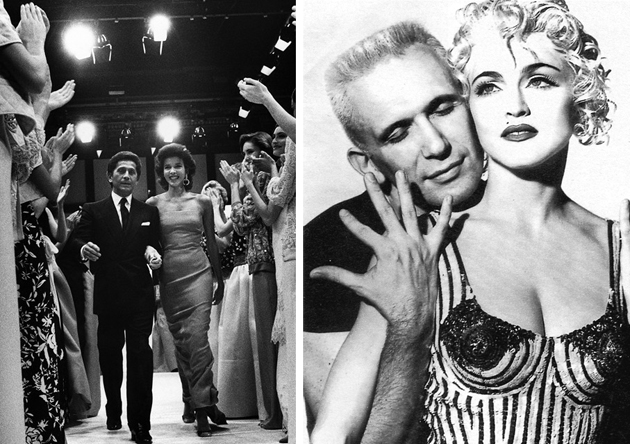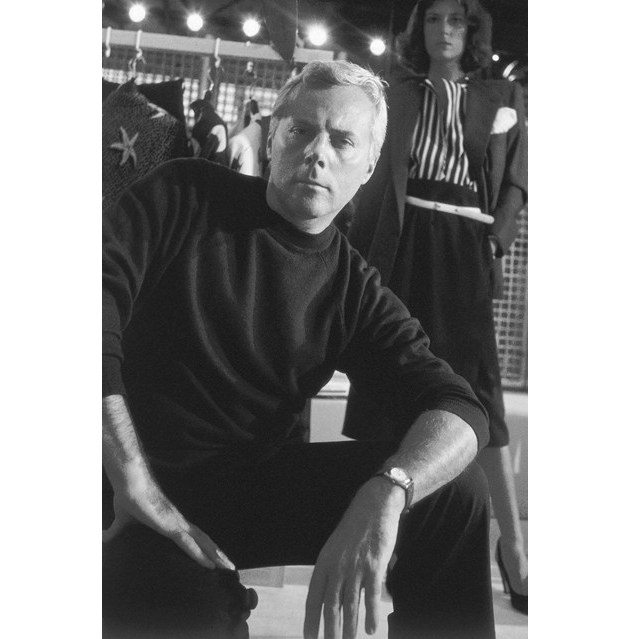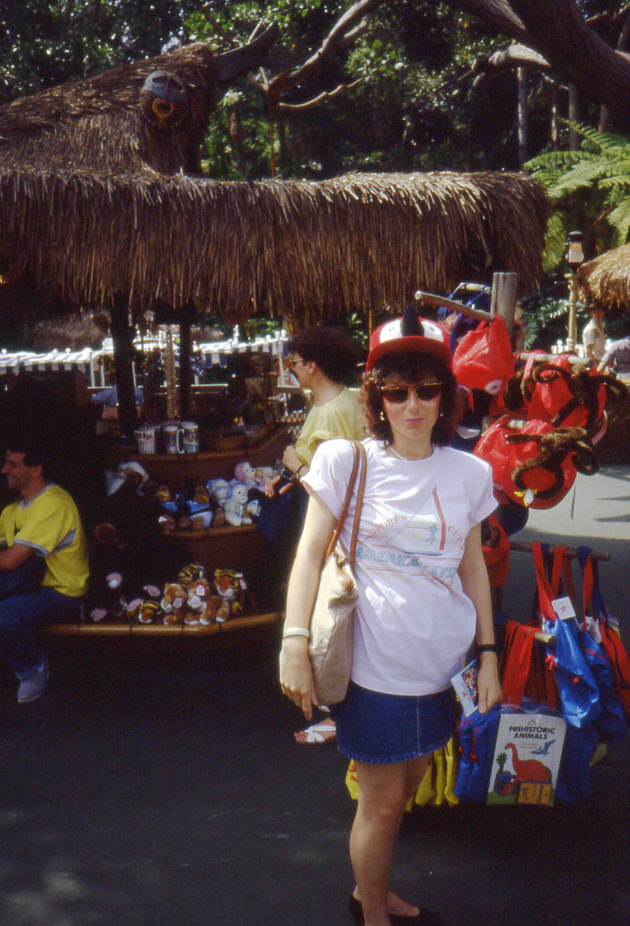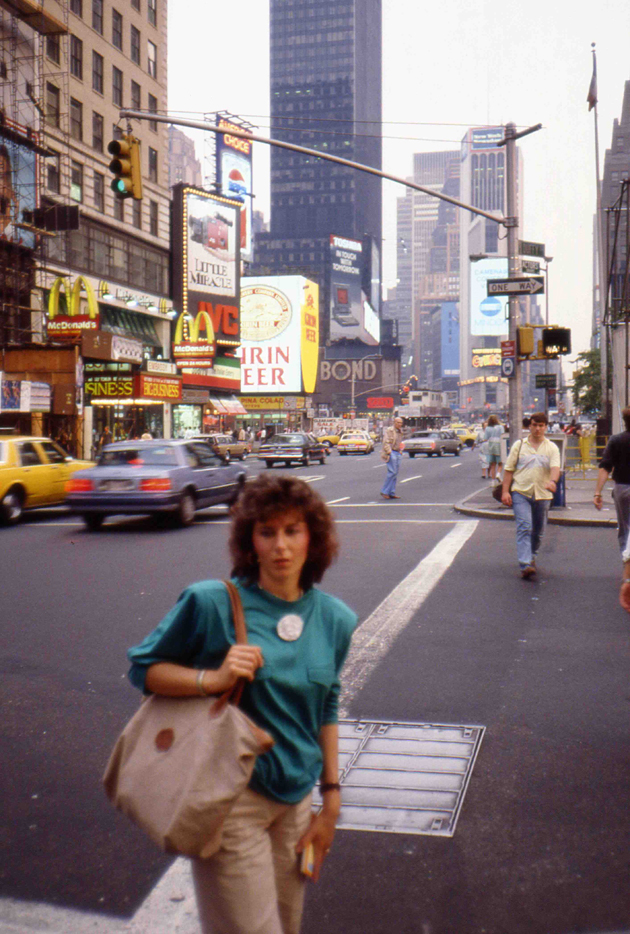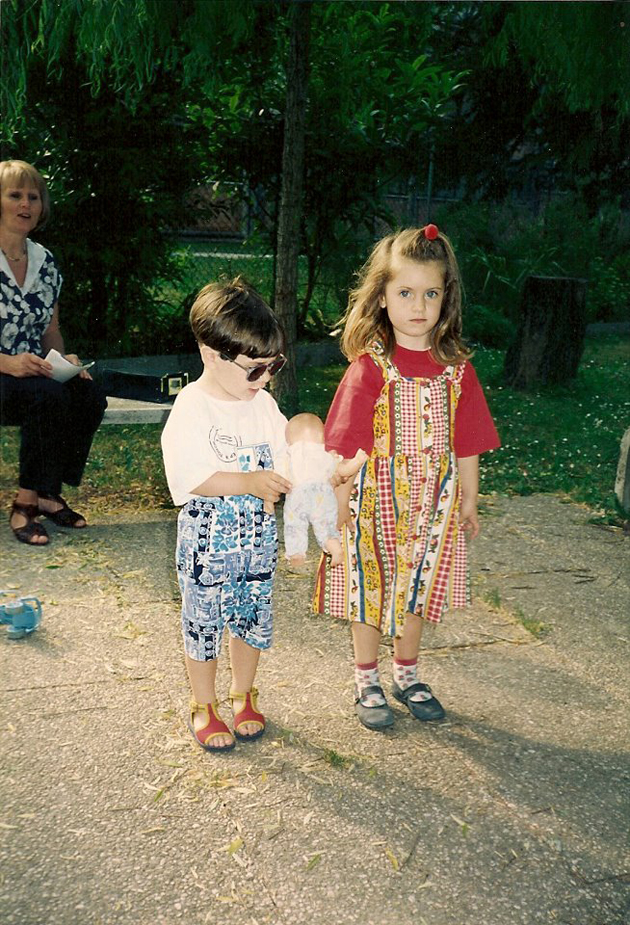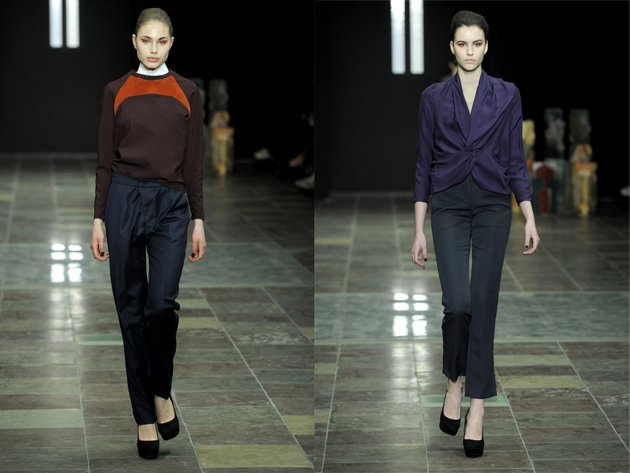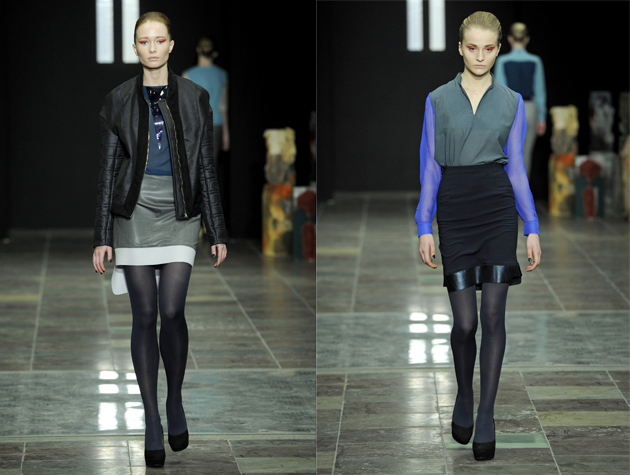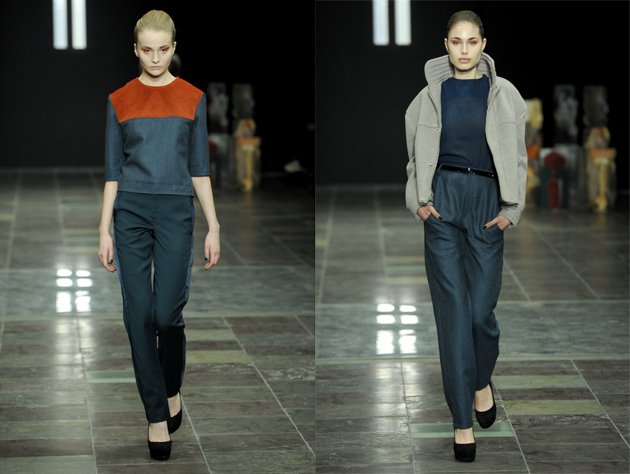New York Fashion Week
It’s around again, New York fashion week is under way with next winter 13-14 collections being shown. Despite the heavy snow storms, models, designers and buyers are continuing business as usual, apart form the Marc Jacobs show which is delayed until early next week.
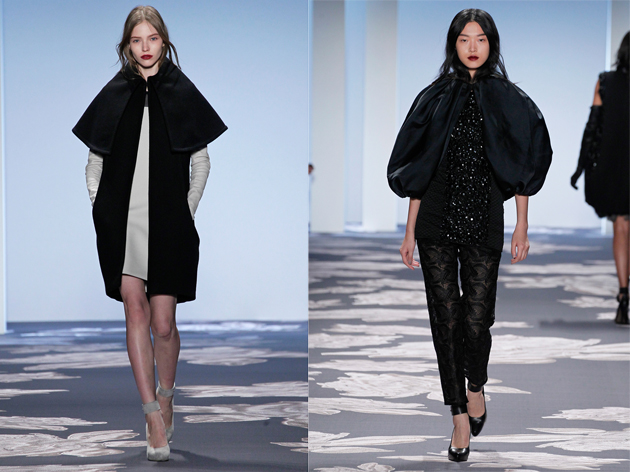
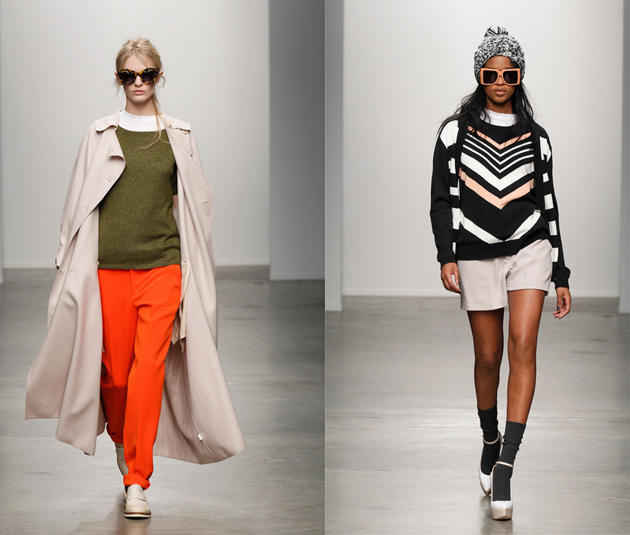
So whilst there are many key trends which we could point out, we felt that it has been particularly interesting to note how the silhouette and proportions have evolved over the last few seasons. Whilst sportswear and grunge were very key messages during the SS13 runway shows, the continuation of these trends is clear for AW13-14 but with a move on. Fabrics are becoming more sophisticated, silhouettes are moulded from neoprene fabrics creating a wide – either boxy or rounded and sculptured – upper part of the female body, which is then tapered in at the leg with either pencil fit skirts or pleated tapered pants.
We have also seen the crew neck sweatshirt for the last few seasons making a strong comeback, AW sees this basic item transformed into luxury leather, again with the rounded shoulders at Phillip Lim. Embellished and embroidered with gold metallic yarns, all-over sequins and brocade styles are all the new lean on luxury sportswear.
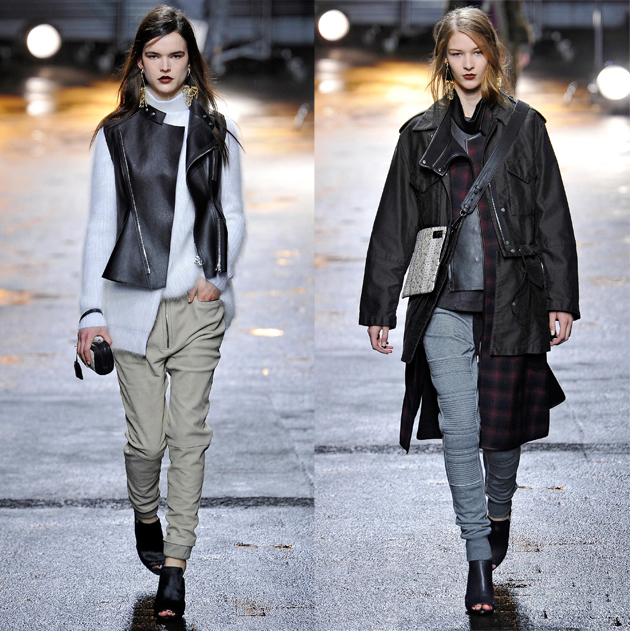
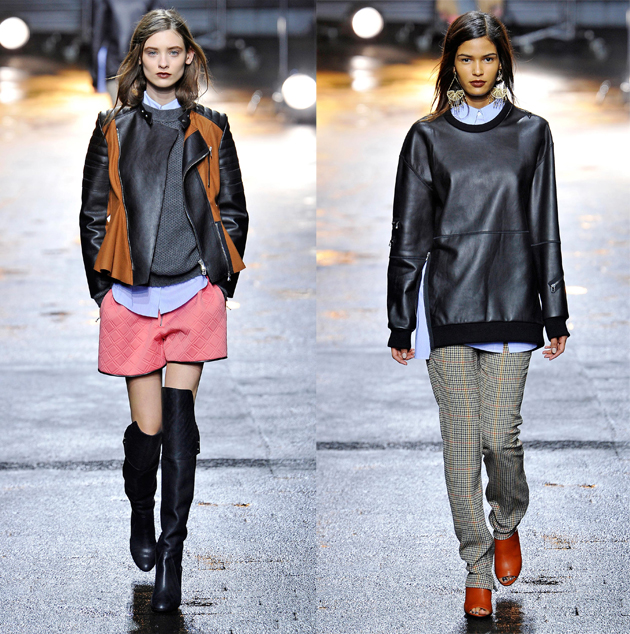
Camouflage, military and utilitarian influences have also moved on from the SS13 lines. Fur camouflage blocking on jackets and bold geometric camouflage patterns freshen up and make modern this military trend. Tangerine and coral are fresh bold colours which compliment the khaki and grey shades which are very dominant.
Biker jackets are still very much here to stay in many shapes, colours and forms. Shrunken proportions with bomber and biker styles worn with high-waisted front pleated tailored trousers give a new masculine edge to womenswear at Rachel Comey.
